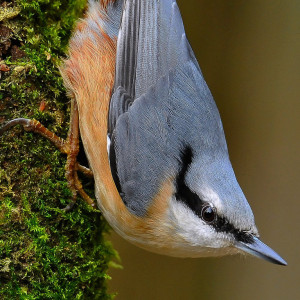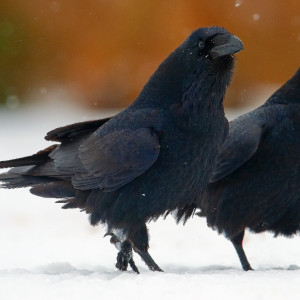Body length: 13-15 cm
Body mass: 22-25 g
Appearance: brown, though back streaked with black, underparts grey. Head brown with black patch on pale cheek.
In Poland a common bird of settled areas and farmland, only avoiding higher mountains and closed areas of forest. Readily nests on edges of villages, though further from people than house sparrow. Numbers are in decline. Unlike house sparrows, tree sparrows can form flocks even a thousand strong. Well-built, feather-lined nests are in holes and nestboxes, under eaves, or in other crack structures in buildings. The most resilient pairs even have 3 broods a year. Food comprises small seeds of field weeds and crop residues in fields, though insects are key dietary component in breeding season. Often visits feeders in winter. Seasonal changes in diet link up with changes in shape of bill – longer and thinner in summer (when mainly insects consumed), stouter in winter when seeds are chief item in diet. Mainly resident. Superficially resembling house sparrow.
Descriptions drawing on content of Ptaki Polski (“Birds of Poland”) - a book authored by Andrzej G. Kruszewicz, and published by MULTICO Oficyna Wydawnicza Sp. z o.o.


 Back
Back












